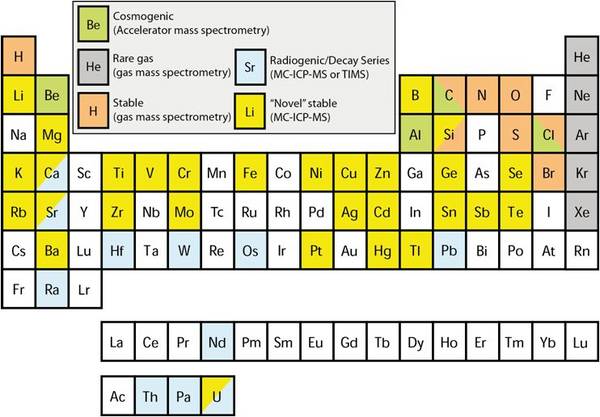Abstract: The colonisation of the periodic table by metal stable isotopes
Is metal stable isotope Geochemistry kinetically approaching equilibrium?
Friedhelm von Blanckenburg
GFZ German Research Center for Geosciences, Potsdam, Germany, Earth Surface Geochemistry
In 1995, multicollector ICP-mass spectrometry has been introduced. 5 years later the technique opened an entirely new field in Geochemistry by enabling the precise determination of the small shifts the isotopes of metals and metalloid elements undergo during physico-chemical transformations. Since then, 25 elements were tackled. The publication rate on the topic has increased from ~50/yr in 2000 to ~250/yr in 2013.
I will review some of the “big” discoveries that have been made. Amongst these are a) the origin of the moon from Zn isotopes; the fractional incorporation of Si into Earth’s core during early mantle-core differentiation from Si isotopes; b) the oxidation of Earth’s mantle over geologic time from Fe, Cr, Si, and Zn isotopes; c) the change in the state of terrestrial weathering over time as recorded by Li isotopes in marine sediment; d) the pathways of toxic methyl mercury through marine food webs from Hg isotopes. e) Stable metal isotopes have also begun to emerge in other disciplines such as the biomedical fields, and one breakthrough is the quantification of the mineral bone balance by Ca isotopes.
I review this progess using a bibliometric analysis, and will present a “wish list” of requirements suited to move this still novel field into the next 15 years.
